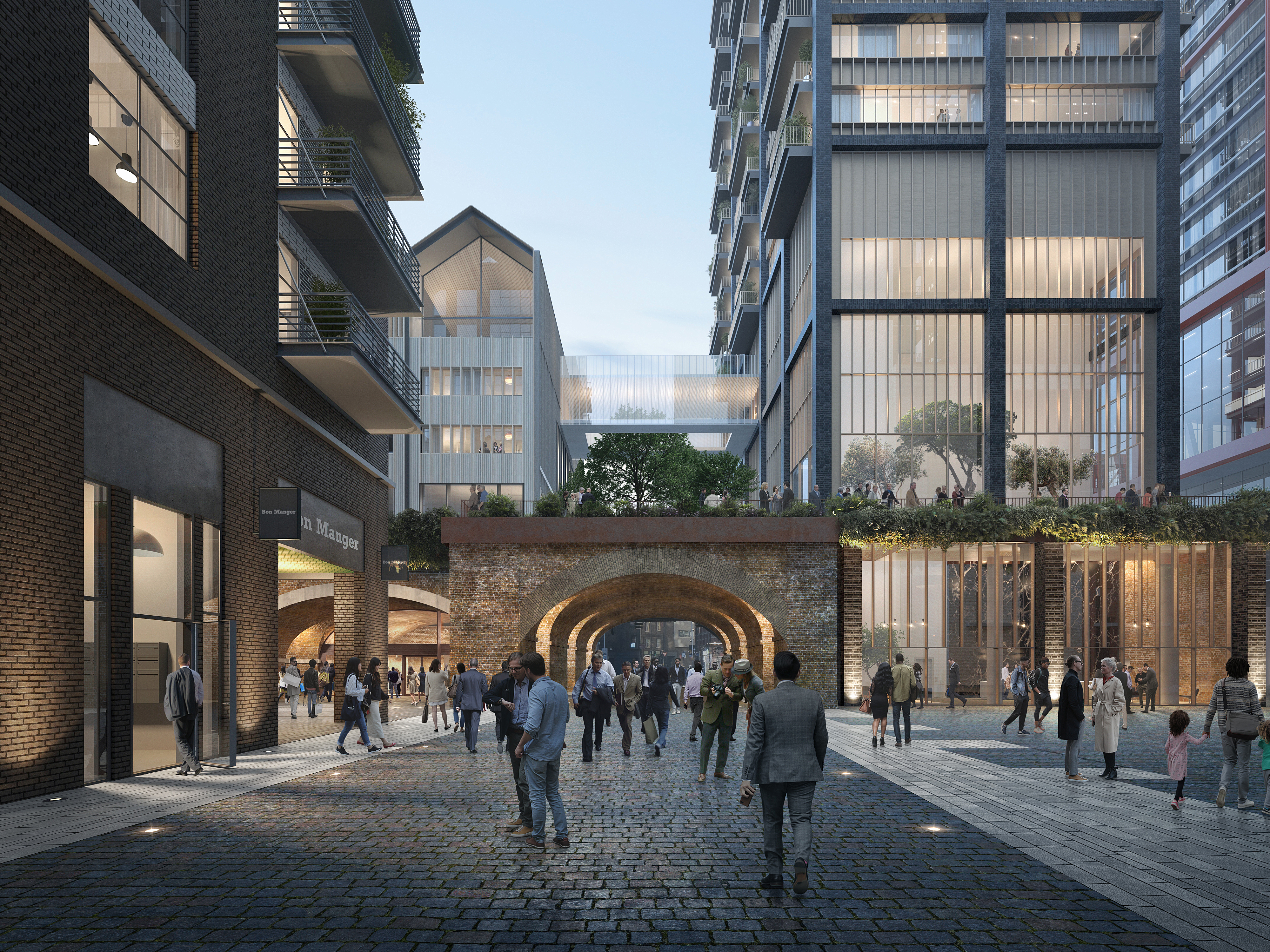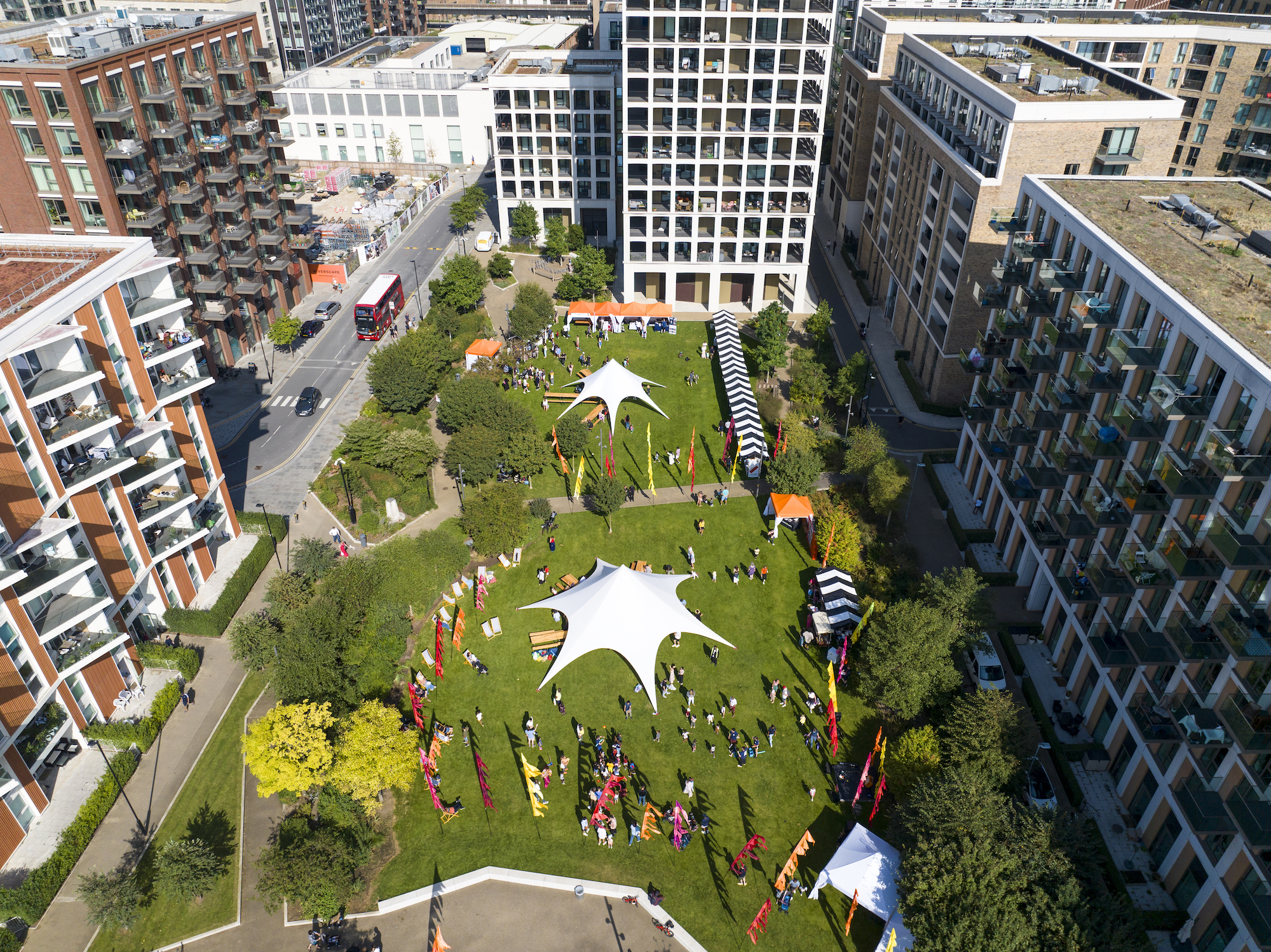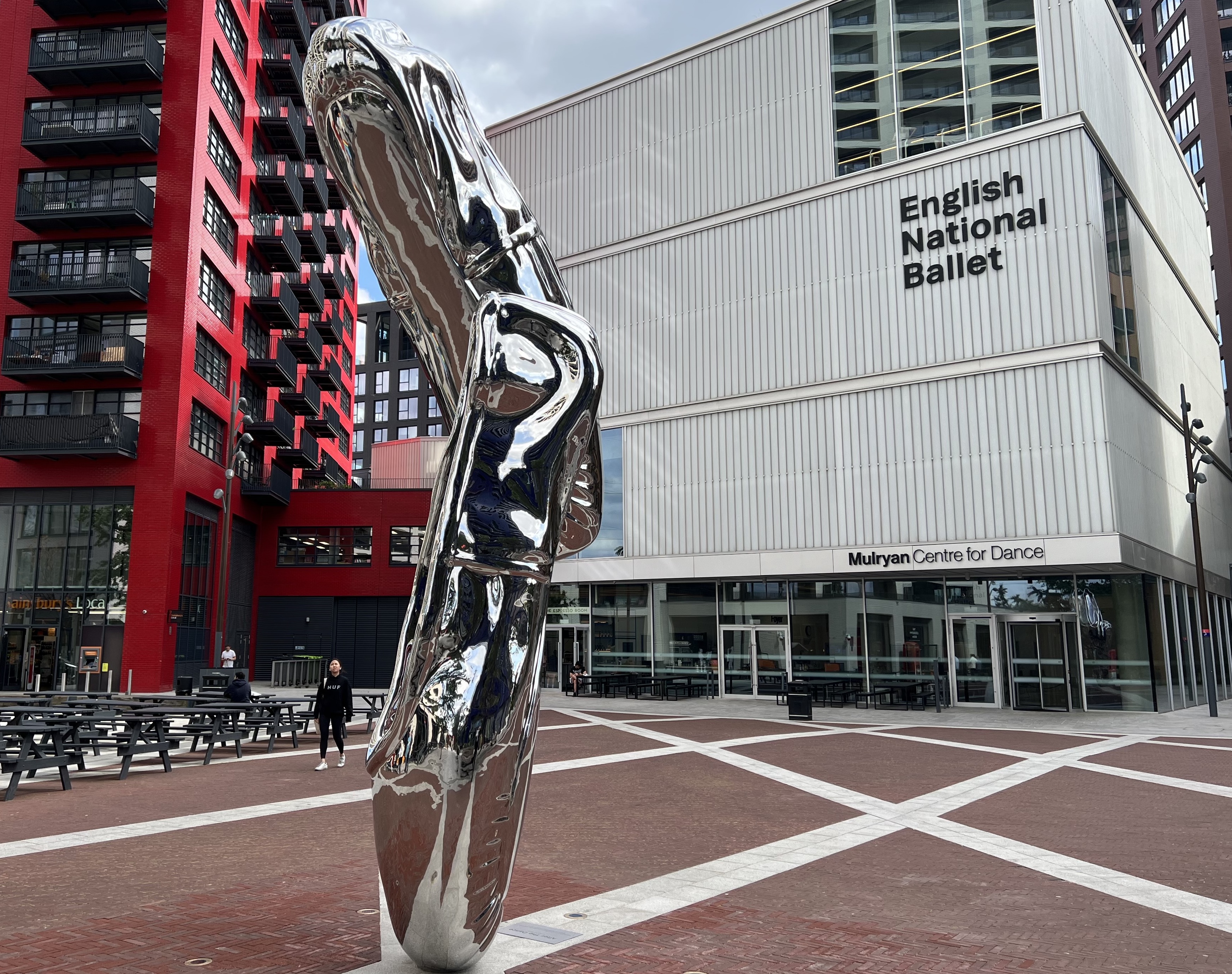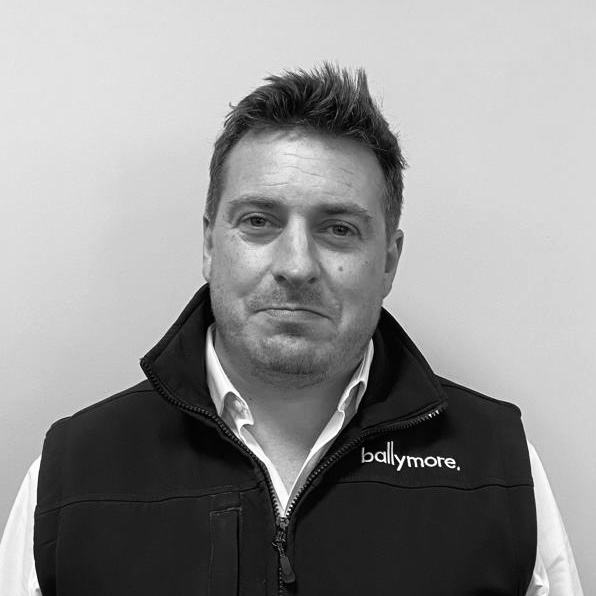Industry pulse: redefining the workplace
The city office sector is in a state of flux, as it continues to get to grips with the lasting impacts of the pandemic on working practices and market demand. But looking ahead, Ballymore’s creative director Roger Black highlights four ideas that are set to redefine the workplace at locations like our project Bishopsgate Goodsyard in Shoreditch (pictured above).
The much-trumpeted death of the office because everyone will now work from home is a falsehood. Work for many is certainly evolving with the aid of 21st century communication tools and the ease by which one can work from multiple locations; however, the need and most importantly the desire to interact with colleagues in-person remains central. The imposed isolation of Covid lockdowns has reminded us all that as social beings – we thrive together, yet suffer alone.
Yes, work has changed and the pattern of where work is conducted has become more dispersed with people spending less time in the principal office space, Monday to Friday. Employers will inevitably require less space, however the quality of that space will now have to be fantastic in order to attract and retain the best talent, enhancing the ‘experience’ of work.
The data is in. International architectural practice, Gensler, in its 2023 UK Workplace Survey of more than 2,000 office workers, found employees are coming into the office for purposeful interaction and to get work done. The top reason for coming to work was “to sit with my team”. Quality counts.
Work is now a social as well as productive endeavour, and it’s our role as thoughtful developers to create and curate the new workplace around the notion of ‘experience’.
This is front of mind for Ballymore’s leadership and development teams as we evolve the design across all our mixed-use and commercial projects in the UK and Ireland. Architecture and build quality will always be a top priority for us, however other factors are also coming into sharper focus.
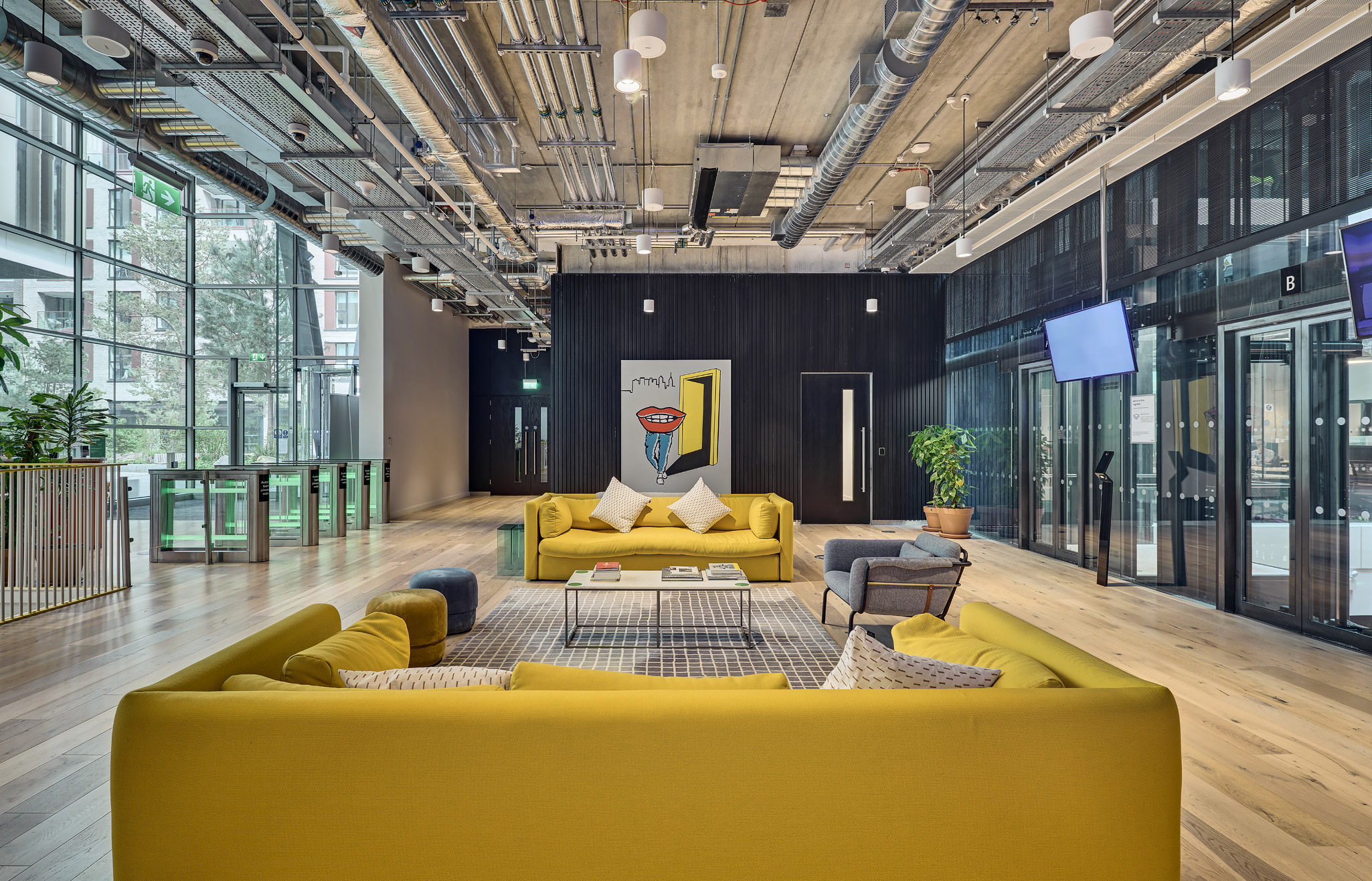
Dublin Landings
More convenience
If you look at work behaviours at some successful environments – like Google – employees tend to stay a lot longer in the workplace because they’re part of a different workplace paradigm, where work is a lifestyle experience. You are what you do and you live what you do.
So we’re thinking about the qualities that you have at home – like easier access to a GP or day care for your kids – that could make being at the workplace more convenient.
Gensler’s survey and other data show people are attracted to the workplace if they have a rich, dynamic mix of things to engage with there. One thing that designers have allowed us to believe is that every amenity has to be behind the front door of the office, but I don’t think that’s true.
In the city, an organisation can plug into the geographic diversity of its location, which means you can step out of the office and go to the gym or a restaurant. This is a clarion call for densification.
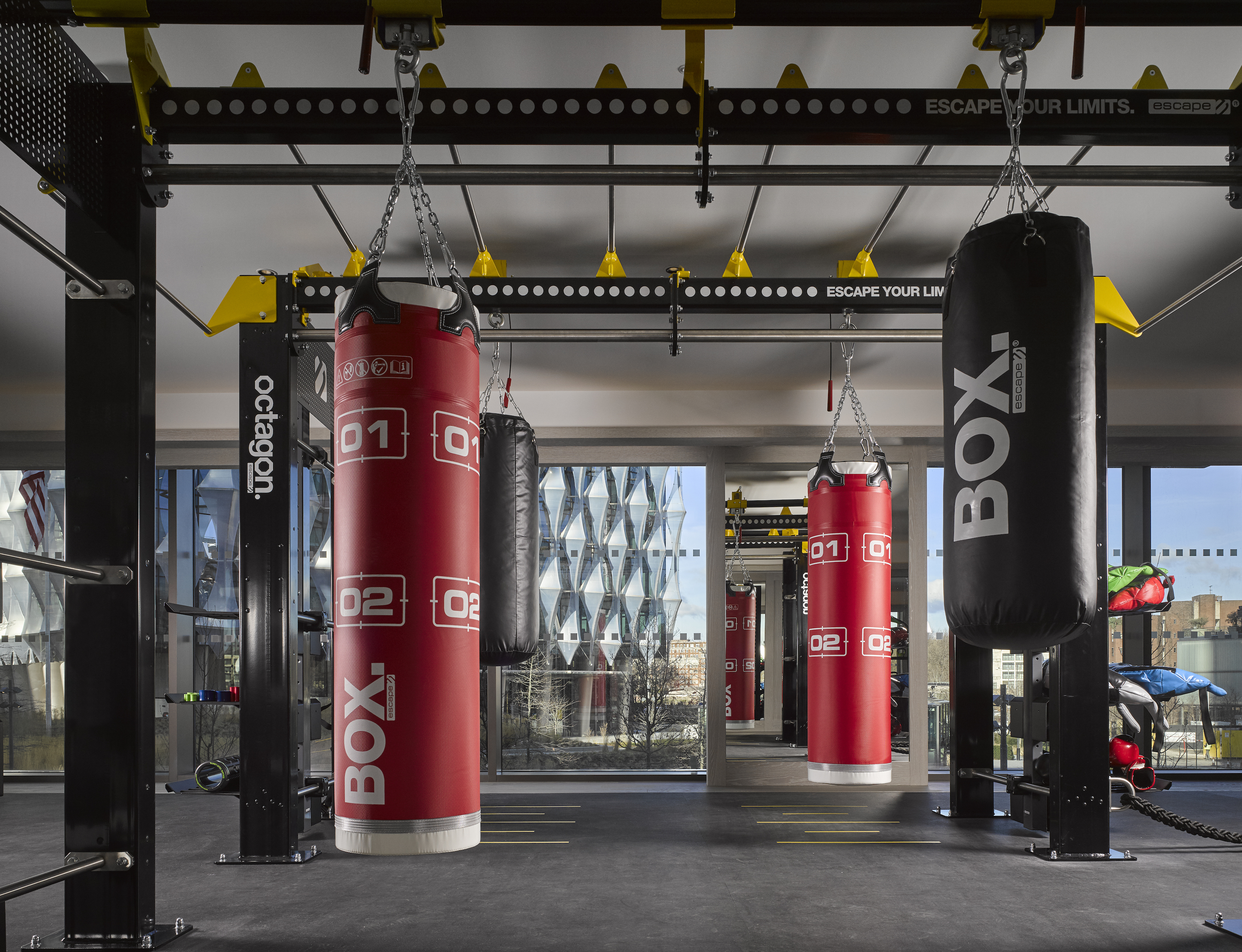
Locations are important as colleagues aim to step out of the office and head to the gym or a restaurant
Less space
Technology has removed the need for many to be anchored to a desk, so we can move from a meeting in the restaurant to a quiet library-like setting, or even outdoors.
Greater densification, combined with the fact people are working in a more dynamic way, means employers are going to need less office space, but that space will have more variety.
Outdoors comes indoors
Many of us enjoyed the ability to work from a garden setting during Covid. We’re now looking to design outdoor experiences inside buildings, by creating indoor landscaped gardens with artificial lighting that recreates natural daylight.
There was a great push to give offices terraces in the wake of the pandemic, but there are relatively few days when you can use that space. If you have curated indoor/outdoor experiences you can use them all year round, and with artificial lighting creating a daylight colour spectrum you can extend the day, as well as promoting wellbeing through biophilic characteristics.
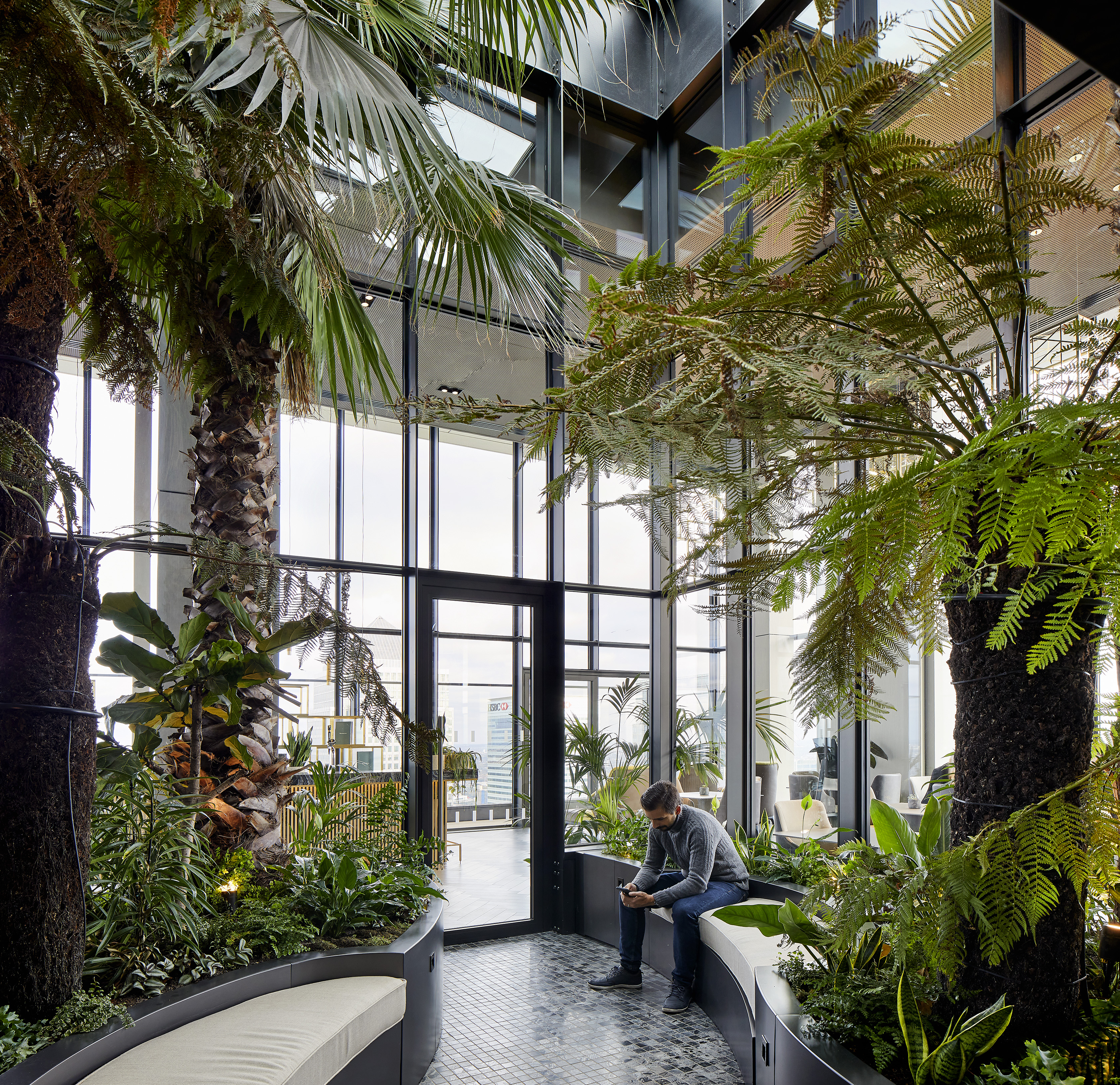
Biophelia was central to our design at Wardian in London
Designing the best experience
We’re going to see ‘experience’ professionals – now common in sectors like travel and retail – working more with big corporates and employers to curate the entire work/life experience. You’re starting to see that now in office buildings, where encouragement for cycling to work has led to a ramping up of cycle facilities for staff.
‘Experience Design’ isn’t just a wrapper that goes on after we’ve created the building; it’s central to our design development process, cradle to grave.

